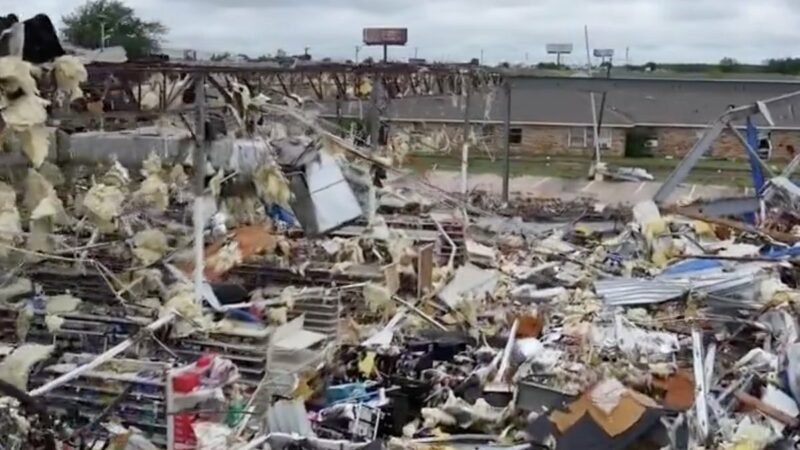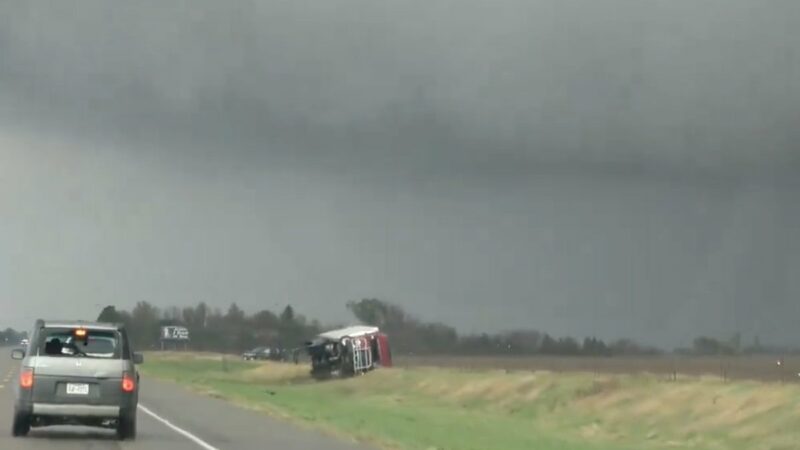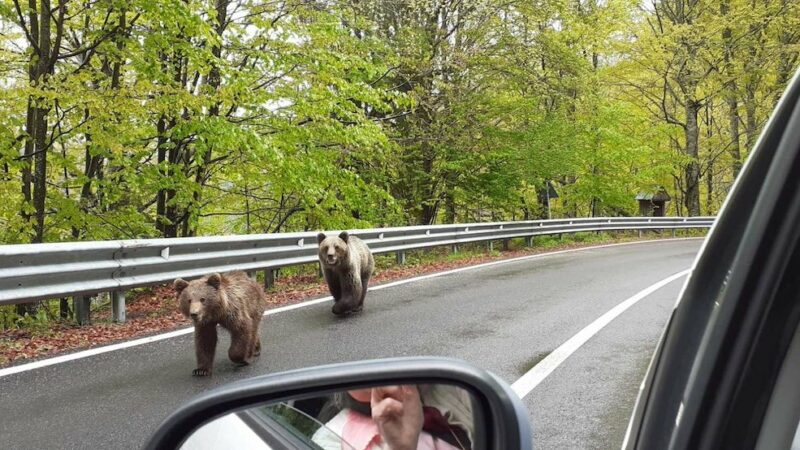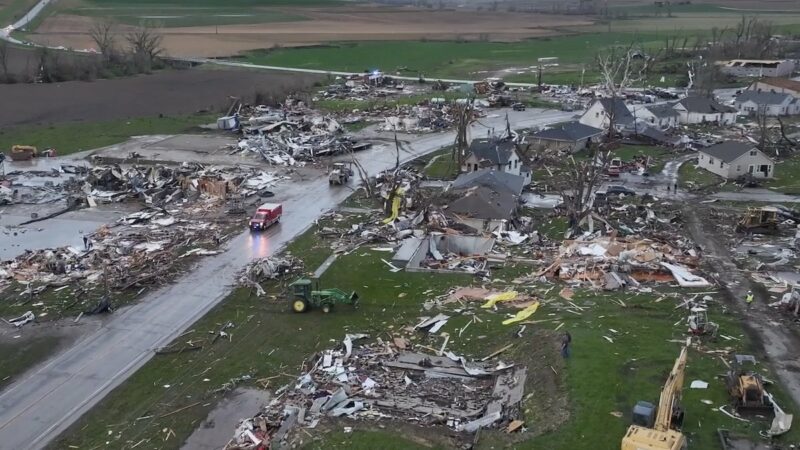2024 Solar Eclipse: How, When, and Where NOT to Watch
Happy solar eclipse day to those in North America! (Especially to those in the path of totality—a narrow band of places across the continent that will experience a total solar eclipse.) Hundreds of thousands of Americans have traveled to see the 2024 total solar eclipse. Here’s why. We’ll also cover how, when, and where not to watch.
A total solar eclipse is when the moon passes between the earth and sun, blocking it and most of its light from view. People in the path of totality will experience darkness of varying degrees for varying amounts of time—up to four minutes in some places. Everyone else (that is, everyone outside of the path of totality) will experience a partial solar eclipse, in which the moon partially blocks the sun.
The U.S. won’t be in the path of totality again until 2044.
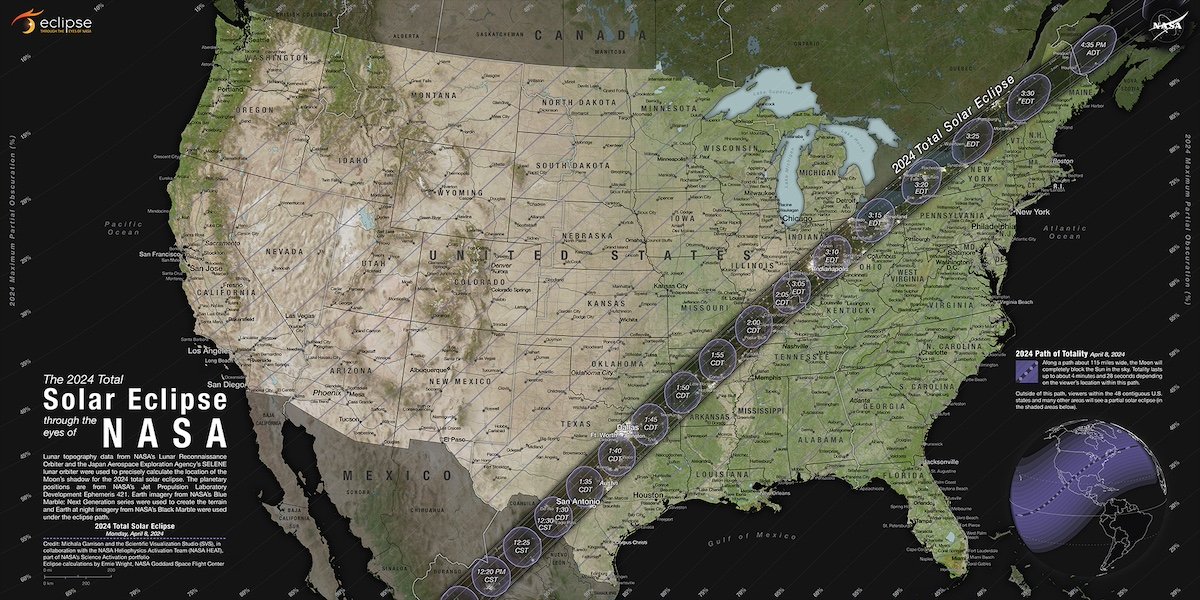
How to View
Do not look at the sun without eye protection, even if the moon is blocking it partially or completely. Instead, use a safe solar viewer that complies with the ISO 12312-2 international standard.
If it’s too late to secure a pair of safe solar viewing glasses or other type of viewer, you can try your hand at making your own indirect viewer.
Weather can affect the quality of your viewing experience. Check your local forecast to know what to expect.
When to View
The best time to view the 2024 solar eclipse will depend on where you are in North America.
NASA has compiled precise times for total solar eclipse viewing in the the path of totality. If you’re outside the path of totality, you can use NASA’s tool to enter your zip code to see what time you should go outside to view the partial solar eclipse.
Remember, depending on where you are, the sky may not become visibly darker to indicate it’s time to put your glasses on and watch the eclipse. Trust NASA’s tool and keep an eye on the sky during your window of time (using a safe viewer, of course).
Where NOT to Watch
It you’re not already in the path of totality, then it’s best to stay home (or, at least, stay local) to view your version of the solar eclipse instead of trying to travel to it.
According to the National Park Service (NPS), 27 NPS park units are in the path of totality, including Cuyahoga Valley National Park. Cuyahoga Valley actually issued a statement requesting that locals don’t enter the park to view the eclipse, because they anticipate it being swamped.
Several locations in the path of totality have preemptively declared a state of emergency to free funds that will help them handle the influx of visitors to the area. So. at this point, it’s best to stay where you are to view the eclipse.
And if all else fails, you can always watch it live online.
Source: https://outdoors.com/2024-solar-eclipse-how-when-and-where-not-to-watch/


